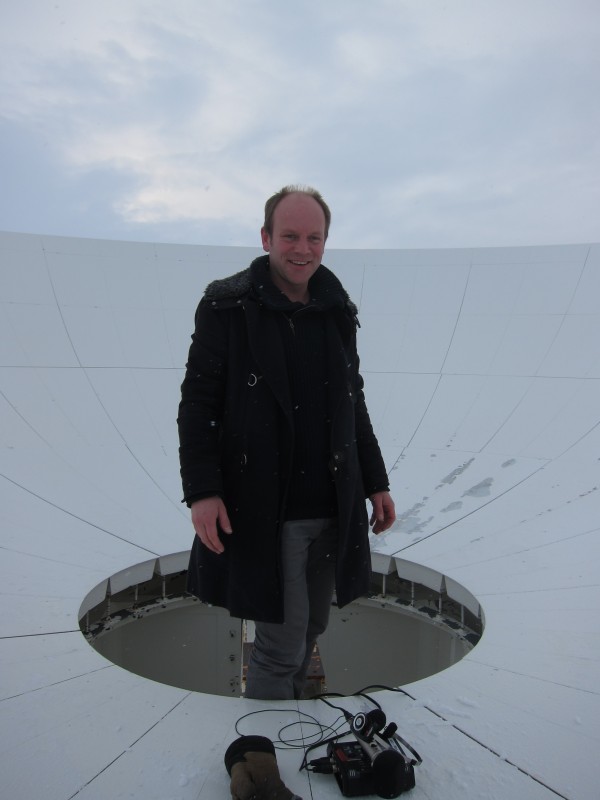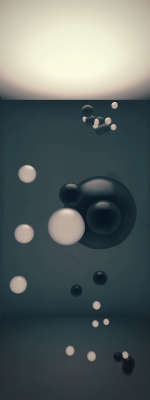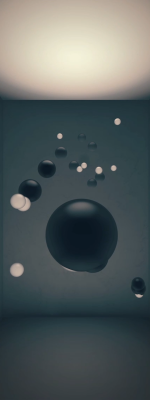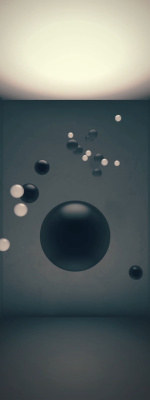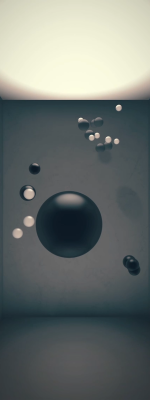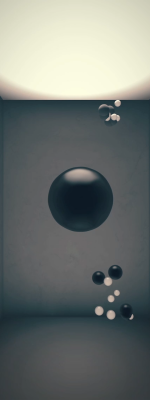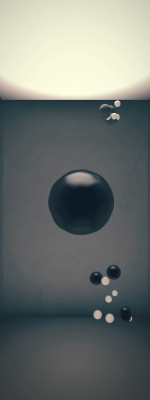VLBI
Sound installation
Øyvind Brandtsegg (NO)
https://www.researchcatalogue.net/view/55360/55361
The work is based on measurements of distant quasars, both in tems of using the actual quasar signal and also in terms of sonification of the algorithms and methods used to make sense of the signal for calibration of satellite navigation systems. The sound of the installation is projected in the exhibition space by means of a motorized ultrasonic speaker and transducers on the gallery windows. The quasar signal as received by antennas on earth is very noisy (a signal to noise ratio of 1/1000), and correlation between measurements from several antennas are used to distil the signal from the noise.
VLBI
The acronym VLBI stands for Very Long Baseline Interferometry, a method and a system used for determining Earth’s exact position and rotation in space, and used as a reference for all sorts of satellite navigation and environmental monitoring.
The sound installation is based on using the actual quasar signal as well as in terms of sonification of the algorithms and methods used to make sense of the signal for calibrating satellite navigation systems.
The sound of VLBI is projected in the exhibition space by means of a motorized ultrasonic speaker and transducers on the gallery windows. The quasar signal as received by antennas on earth is very noisy (a signal to noise ratio of 1/1000), and the correlation between measurements from several antennas are used to distill the signal from the noise. Øyvind Brandtsegg is fascinated by the fact that we as humans have developed techniques to make some sense from such a noisy signal, and that the distillation is done by means of observations from several vantage points. Like, when we (in any context, social, scientific, artistic,…) encounter something unknown, we discuss the experience with other people with other perspectives, negotiating some common meaning from the encounter. The piece presented here is a recontextualization and adaption of the work “VLBI Music” made for the Norwegian mapping authority in 2013.
Some of the essential methods of the VLBI system are related to the synchronization of clocks on different time frames. According to relativity, the time frame of a moving object (e.g. the clock on a satellite) will be different relative to a stationary clock. Gravitational forces will also affect the time frame.
The original installation from 2013 is installed in the mapping authorities’ headquarters in Hønefoss, a restricted-access building. During the process of working on the piece, the artist had extended stays at the observation station in Ny-Ålesund, Svalbard, and also at the Max Planck Institute for Radio Astronomy in Bonn.
The GPS we use daily still depends on navigation by the stars, and as such the piece reflects on the need for orientation of where we are and where to go.
Øyvind Brandtsegg is a composer and performer working in the fields of algorithmic improvisation and sound installations. His main instrument as a musician is Hadron Particle Synthesizer, ImproSculpt and Marimba Lumina. ImproSculpt is an instrument for live sampling and realtime composition. Hadron is a very flexible realtime granular synthesizer. He has done several long-running sound installations, for example “Flyndre” (Flounder) 2006-2016. He has also worked with artificial intelligence and its relation to human cognition in the work [self.] (2014), collaborating with Axel Tidemann. In addition to his own work as a composer and musician, he has also done programming for other artists and for commercial audio applications. As musician and composer he has collaborated with a number of excellent artists, e.g. Oslo Sinfonietta, Motorpsycho, Kristin Asbjørnsen, Live Maria Roggen, Trondheim Jazz Orchestra, Trio Alpaca, Tre Små kinesere, Zeena Parkins, Maja Ratkje. In 2008, Brandtsegg finished his PhD equivalent artistic research project, focused on musical improvisation with computers. Øyvind has done lectures and workshops on these themes in USA, Germany, Ireland, and of course in Norway. Since 2010 he is a professor of music technology at NTNU, Trondheim, Norway.
